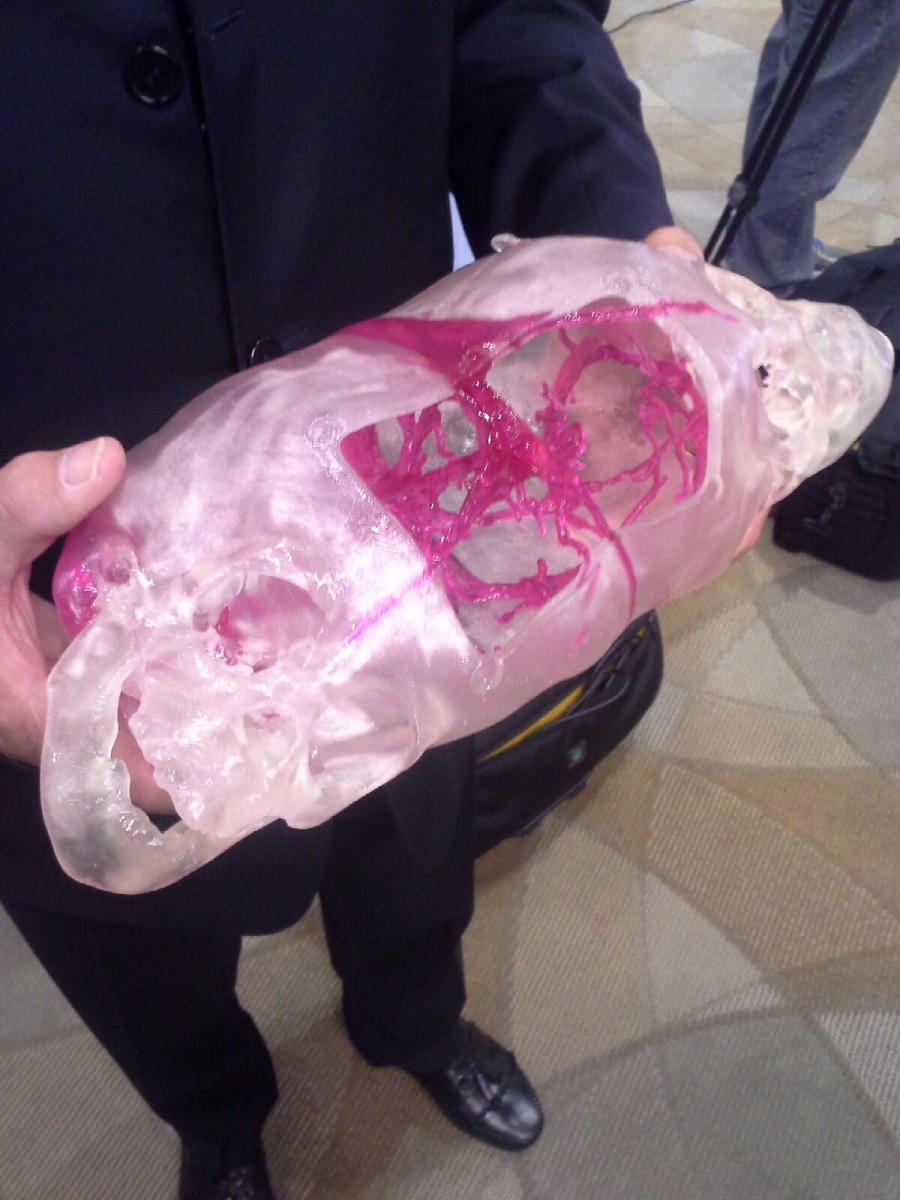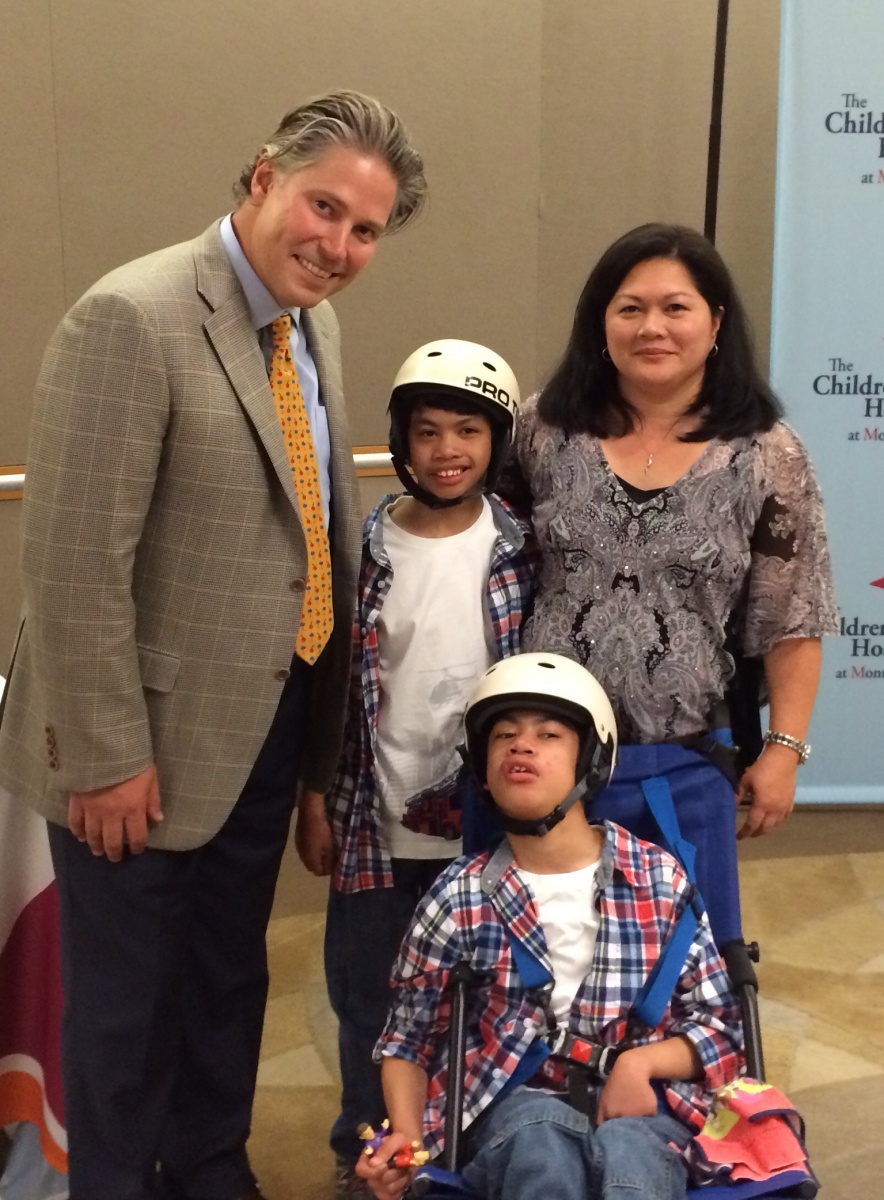 Clarence and Carl Aguirre celebrate two birthdays: April 21st, commemorating the day the conjoined twins were born, and August 4th, commemorating the day they were surgically separated and began to develop separate lives. The 2004 surgery, which this year celebrates its 10 year anniversary, was the final of four staged operations that were undertaken to divide the boys, who were attached at the top of the head.
Clarence and Carl Aguirre celebrate two birthdays: April 21st, commemorating the day the conjoined twins were born, and August 4th, commemorating the day they were surgically separated and began to develop separate lives. The 2004 surgery, which this year celebrates its 10 year anniversary, was the final of four staged operations that were undertaken to divide the boys, who were attached at the top of the head.
The surgery was one of the first successful operations of its kind, and was especially challenging as the boys were not just attached at the skull, but shared a brain connection. This translated to a delicate surgical navigation of all their complex shared vascularity. The odds of the surgery’s success were daunting, but there was no true alternative, as without the operation doctors believed the boys would have perished within 6-8 months.

Aware of the risks and eager to avoid them, the surgical teams at The Children’s Hospital at Montefiore in New York conducted significant research to prepare for the surgery, including the creation of 3D printed models using CT and MRI data. Lead pediatric neurosurgeon Dr. James T. Goodrich says the models were extremely helpful in planning and gave him critical advance insight into potential anatomical complications. The life-size models were printed in 3DS’ ClearView® material, demonstrating the children’s bone structure with selectively colored representations of the critical blood vessels.
“The medical team had to carefully plan out how to gradually separate the vital blood vessels in the brain that were used by both twins,” said Andy Christensen, Vice President of Personalized Surgery and Medical Devices, 3DS. “The surgeons reported that the 3D printed anatomical models were a key part of the surgical planning for this incredibly complex case.” The use of virtual surgical planning is increasing and is changing the way surgeries are performed for dramatically improved results and recovery times. More than a thousand 3DS advanced manufacturing-grade SLA 3D printers are in use in the medical field, producing tens of millions of medical devices annually.
Now, 10 years after surgery, Clarence and Carl are happy 12-year-old boys with distinct personalities. While Carl loves playing video games and spending time with his brother, Clarence is enthusiastically exploring dancing and likes to swim. For their mother Arlene, the past 12 years have been full of challenges and blessings, and she says it is heartwarming to watch her sons interact. “Their bonding is very close. Sometimes we’ll be sitting at the dinner table together and they’ll just look at each other and start to laugh. They still have a very strong connection.”
For more on the twin’s story, watch the video below.